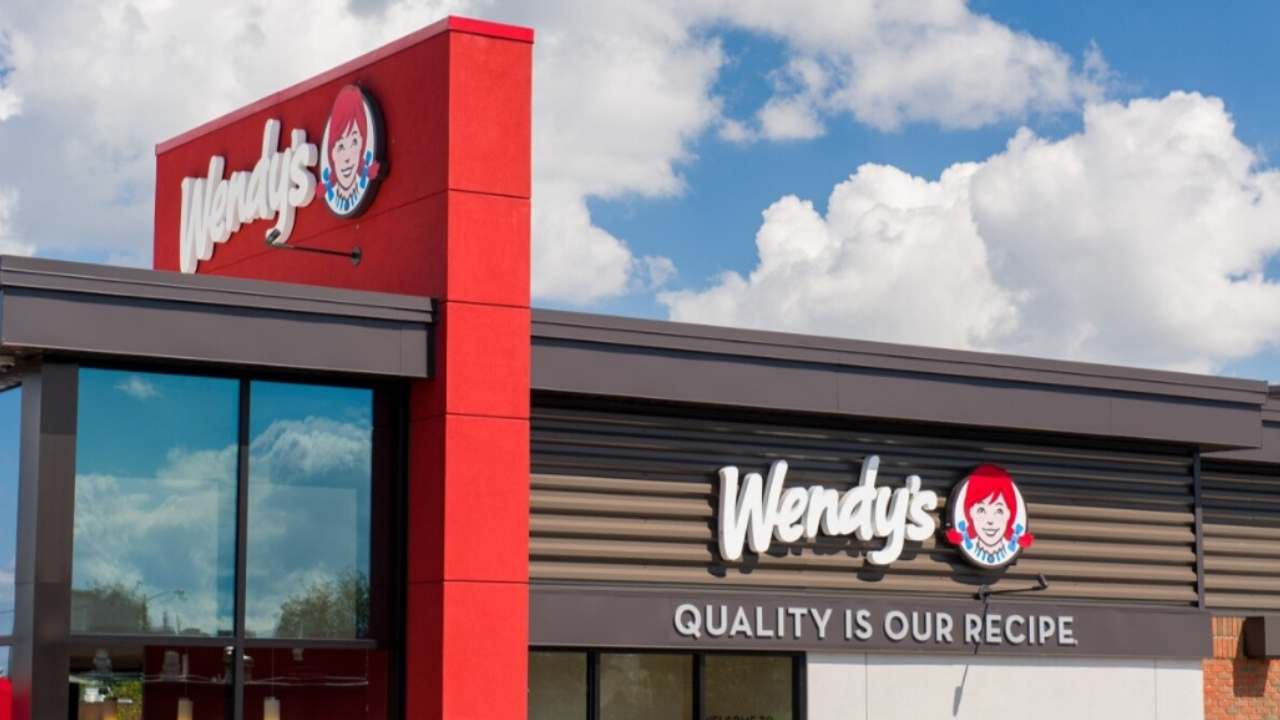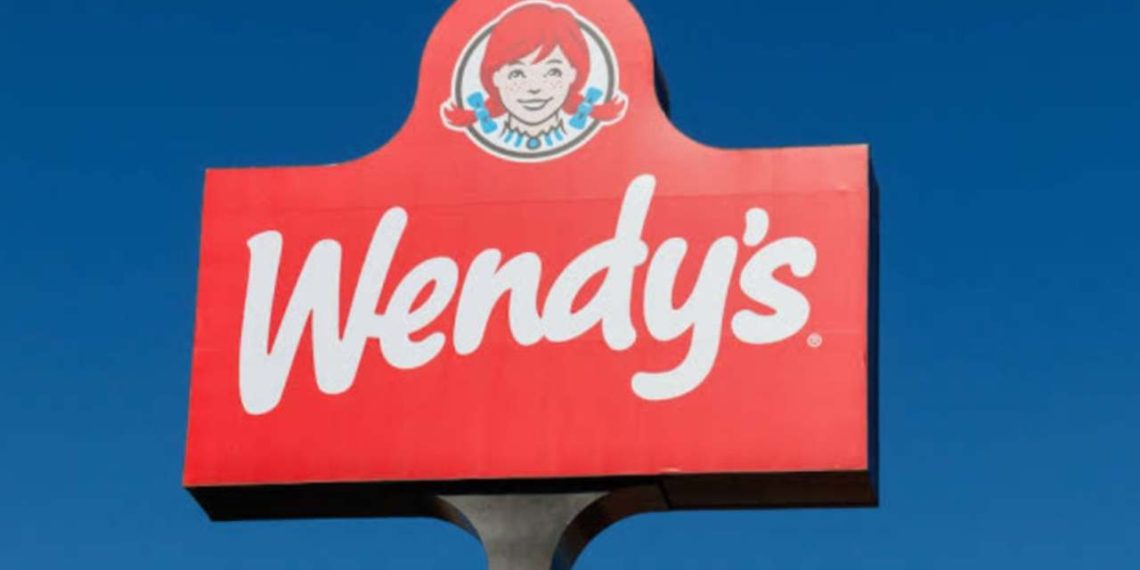Wendy’s is set to introduce surge pricing, with plans to trial “AI-enabled menu changes” as soon as 2025.
Why Is It Important?
If the price of a burger or spicy chicken sandwich increases during peak lunch or dinner hours, Wendy’s could potentially lose customers to competitors.
What’s The Big Picture?
Wendy’s, headquartered in Ohio, aims to invest around $20 million to install digital menu boards in all its U.S. company-owned restaurants by the conclusion of 2025, as stated by the new CEO Kirk Tanner earlier this month.
“We anticipate that our digital menu boards will yield immediate benefits such as enhanced order accuracy, improved crew experience, and increased sales through upselling and consistent merchandising execution,” stated Tanner.
“Testing additional features like dynamic pricing is slated to commence as early as 2025”, Tanner added.
Wendy’s informed Axios that this investment will bolster traffic and add value during slower periods of the day, with suggestive selling tailored to factors like weather conditions.
Between The Lines
Wendy’s has been actively pursuing automation in its drive-thrus through an AI chatbot service, developed in collaboration with Google.
Utilizing generative AI, orders will be processed, and language model technology will engage with customers in real time to address menu inquiries, as announced by the company last year.

What Did They Say?
Tanner highlighted that the technology will empower restaurant staff to prioritize tasks such as preparing fresh, high-quality Wendy’s favorites and fostering customer relationships to ensure repeat business.
A Wendy’s spokesperson informed Axios on Tuesday that a key advantage of the investment is the increased flexibility to modify the menu more seamlessly and provide discounts and value offers to customers.
Reality Check: Truth
Farnoush Reshadi, assistant professor of marketing at Worcester Polytechnic Institute, cautioned that if consumers perceive the frequent price fluctuations, Wendy’s might experience a decline in profits.
Nevertheless, Reshadi noted that minor price adjustments often escape consumers’ notice.
“Consumers view surge pricing tied to time intervals as an unjust practice and may harbor feelings of anger and resentment towards a brand employing such tactics,” Reshadi emphasized.
However, Reshadi suggested that bundling products, such as through combos, reduces the likelihood of consumers noticing surge pricing. This, in turn, diminishes perceived price unfairness and lowers the probability of consumers switching to competitors.





